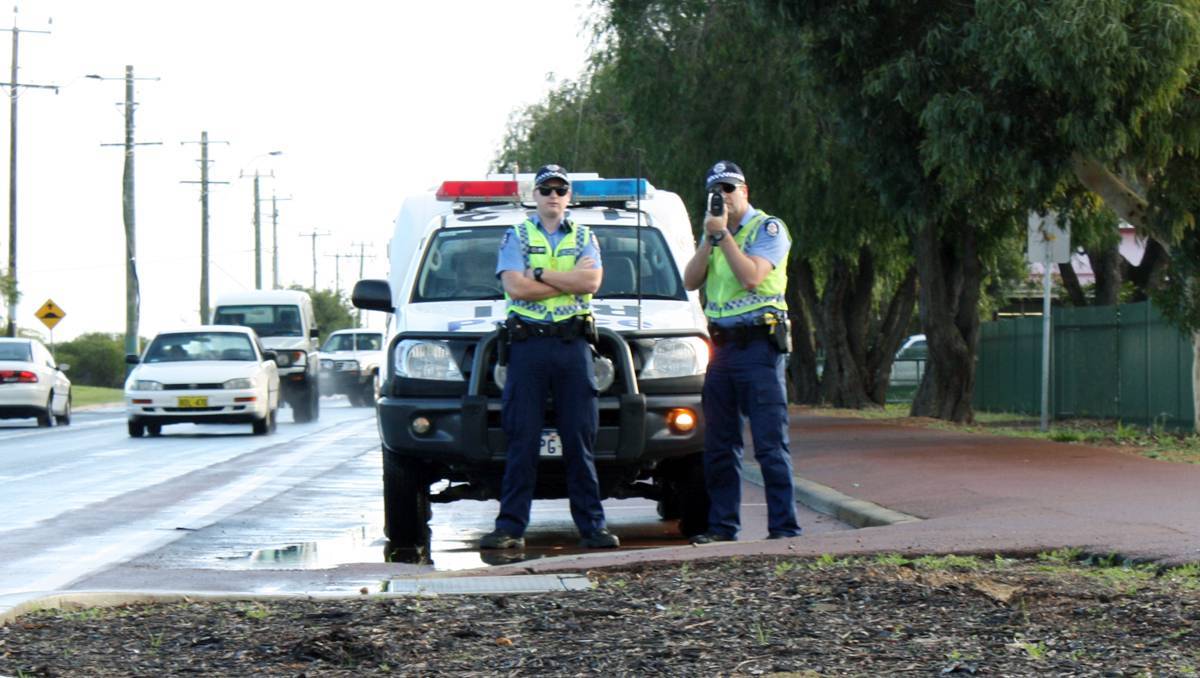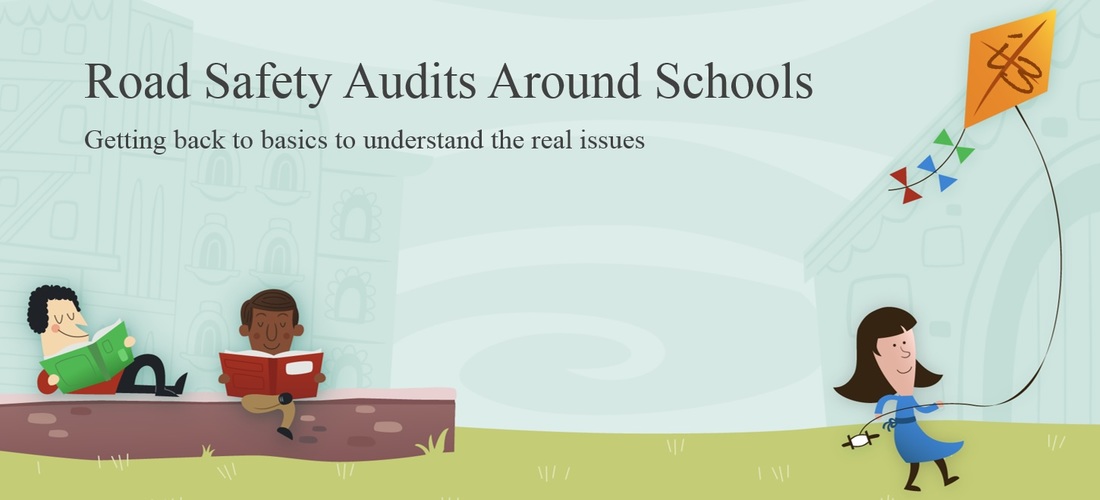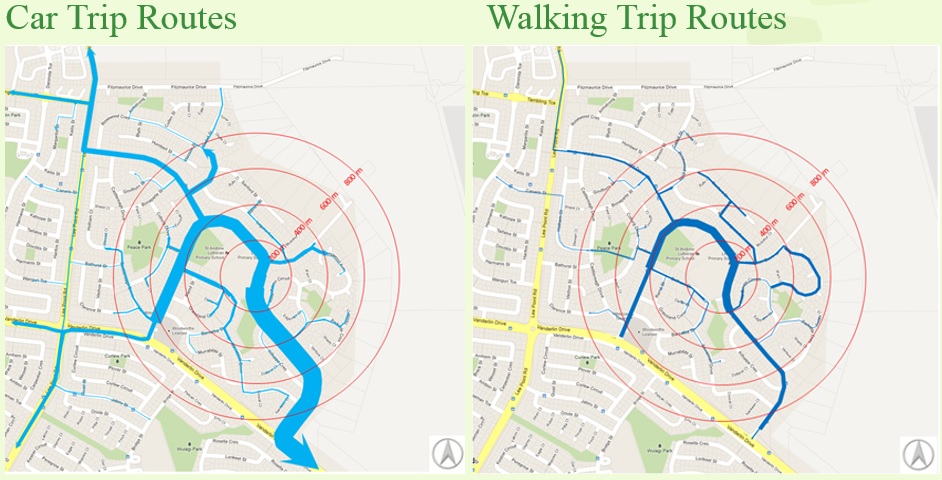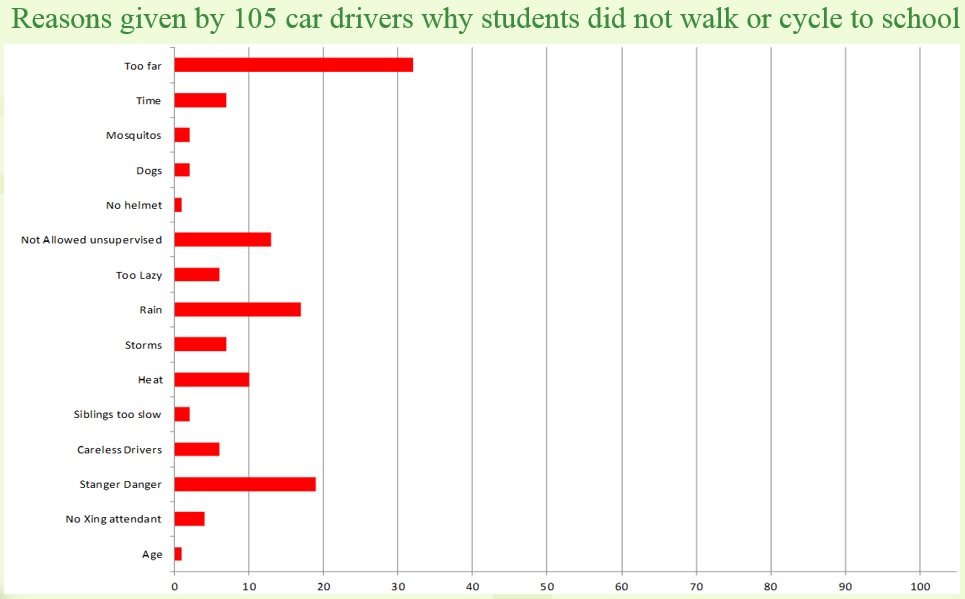|
Have you ever traveled through a school zone and spent more time looking at your speedometer than the road ahead?
Have you thought 'This can't be good - I should be looking where I'm going"? A recent study by researchers at the University of Western Australia has raised concerns that strict speed enforcement could have a detrimental impact on road safety because drivers are dedicating more attention to monitoring their speed than detecting hazards. The researchers used a driving simulator to test whether reducing the speed enforcement thresholds would impact on a driver's mental and visual abilities. 84 participants were told they could be fined for driving 1 km/h, 6 km/h or 11 km/h over a 50 km/h speed limit and the researchers measured their response to small red dots which appeared in their peripheral vision. The study found those who were given a 1 km/h threshold were less likely to detect objects outside their immediate line of sight. An aspect that was not reported in the study is how long it takes the human eye to readjust to the different light and focal length conditions associated with changing focus from the speedometer to the road outside. All of this supports the view that it is better to create slow speed environments outside schools through environmental features than to rely on strict enforcement. Drivers will travel at low speeds when everything outside tells them that slow speed is appropriate.
1 Comment
" Trips by car now account for at least half of all distances traveled by 10-14 year olds and this shift is believed to account for the fact that more children are killed today as car passengers than in any other form of transport. "Children are considered vulnerable road users because up to the age of approximately ten years they may not be developmentally ready (i.e. they do not have the physical and cognitive skills) to make safer judgments and choices of their own about traffic. Parents, carers and educators need to be aware of the skills of the children and plan road safety awareness in accordance with the child’s development.
Child pedestrians are at risk because physically they have:
Child pedestrians are at risk because cognitively they have:
Children may also be at risk because of their:
Protective pedestrian behaviours To reduce the risk to child pedestrians, classroom and parent education should focus on children:
Addressing the above issues by driving children to and from school is a common reaction by parents. However, this decision is often made without consideration of the full facts regarding car travel. Trips by car now account for at least half of all distances traveled by 10-14 year olds and this shift is believed to account for the fact that more children are killed today as car passengers than in any other form of transport. It should also be remembered that trips by car have an element of walking involved and this walking trip at the school end is often in a car park or drop-off/ pick-up environment with high risks associated with increased traffic and parking manoeuvres, including reversing. Most crashes involving child pedestrians and vehicles are the result of errors made by children. Children under ten years of age do not have the necessary cognitive and perceptual skills to negotiate roads without adult supervision. Most cycling injuries occur on public roads and don’t involve another vehicle, but occur when children fall off their bikes. For young cyclists a footpath or shared path is the best place to ride. All-age cycling on footpaths is legal in Western Australia. Anyone can cycle on a footpath, but there are some conditions. See the Road Safety Commission website for more details.
Many authorities attempt to address road safety issues around schools through the Road Safety Audit process however this process is generally limited to assessment of the layout of the school frontage roads.
Parents are concerned for the safety of their child between home and school, not just around the school, and hence the failure to assess the safety of the trip can result in more trips to and from the school by car than is preferred. But how can we assess the trip?
In my experience, the best approach is to do both, using the survey forms within the School Edition of the "Guidelines for Road Safety Around Schools", available to download at:
www.roadwise.asn.au/road-safety-sound-schools.aspx
My approach to undertaking a 'Safe Routes to School Assessment' is to:
NOTE – Schools are sensitive areas I recommend obtaining a letter from the Principal indicating you have been authorised to undertake surveys and take photographs around the school and have this with you during your work. Using the above methodology I have been able to determine the following characteristics of the school trip for a particular primary school in Darwin. By undertaking this at several school sites, I have been able to compile a database of characteristics for different schools in different locations, which in turn allows me to identify whether or not a particular school could do better in terms of single car, walking, cycling and public transport trips.
The above data revealed that the main problem was not so much the road layout but the high number of car trips to and from school. A typical road safety audit would most likely have identified a need for more drop-off/ pick-up bays and more parking bays which in turn would have resulted in more car trips.
In summary, obtaining behavioral data can significantly change the recommended remedial measures when assessing school sites and hence I strongly recommend that this be undertaken as part of a 'Safe Routes to Schools' assessment as opposed to a regular Road Safety Audit. |
AuthorDavid Wilkins, Principal & Senior Traffic Engineer. Archives
August 2023
Categories
All
|









 RSS Feed
RSS Feed